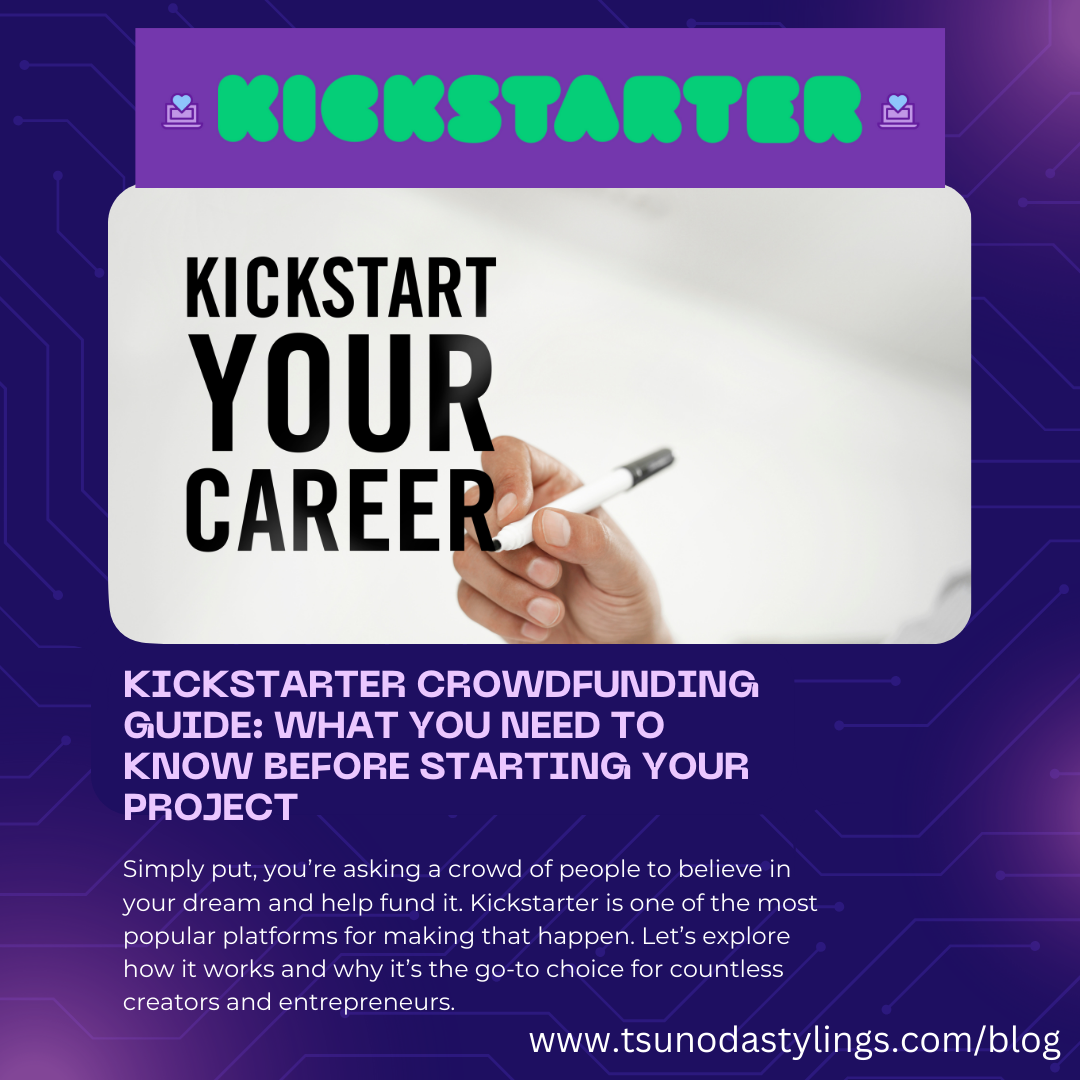
Kickstarter Crowdfunding Guide: What You Need to Know Before Starting Your Project
What do Allbirds, Oculus Rift, and the Oura Ring have in common? They all began as ambitious projects with big dreams and innovative ideas. And they all found their start on Kickstarter. These groundbreaking products, once just concepts, gained support from a community of backers who believed in their vision. Today, they’re household names in their fields.
Before we talk about Kickstarter, let’s talk about crowdfunding. Imagine this—you’ve just created a mind-blowing hero story, and you’re ready to share it with the world. But there’s one problem: no money to publish it. You could go to a bank, call in favors from family, or beg your friends to chip in. Sure, that might work… eventually. But what if there was a faster, more efficient way to gather support? One where strangers, who love your idea, pitch in small amounts to help you bring it to life? That’s the essence of crowdfunding.
According to Candid Learning, crowdfunding is: “A way to raise funds for a specific cause or project by asking a large number of people to donate money, usually in small amounts, and usually during a relatively short period of time.”
Simply put, you’re asking a crowd of people to believe in your dream and help fund it. Kickstarter is one of the most popular platforms for making that happen. Let’s explore how it works and why it’s the go-to choice for countless creators and entrepreneurs.
What’s Kickstarter All About?

Kickstarter is a platform that allows you to fund your creative projects by getting support directly from the public. If you have an ambitious idea full of innovation and creativity and want to showcase it to a wide audience, Kickstarter is the place to help you raise the capital you need to bring your project to life.
Since 2015, Kickstarter has been a benefit corporation, meaning it prioritizes making a positive impact on society rather than focusing solely on profits. This helps ensure that Kickstarter remains a platform for innovation and creativity. So far, Kickstarter has funded over 260,000 projects, with more than $8.4 million pledged. Pretty impressive, right?
Here’s how it works: as a creator, you set a clear goal—how much money you need and how long it’ll take to complete your project. Once your campaign is live, it’s shown to Kickstarter’s community of backers—people who believe in your idea and pledge money to help make it happen.
What makes Kickstarter unique is its reward-based system. While it’s not a store, creators thank their backers by offering exclusive perks, like early access, limited-edition items, or special shout-outs. This creates a win-win situation where backers get to support projects they’re excited about, and creators gain both the funding and community support they need to succeed. See below for a sample.
Key Terms to Know When Starting a Kickstarter Campaign
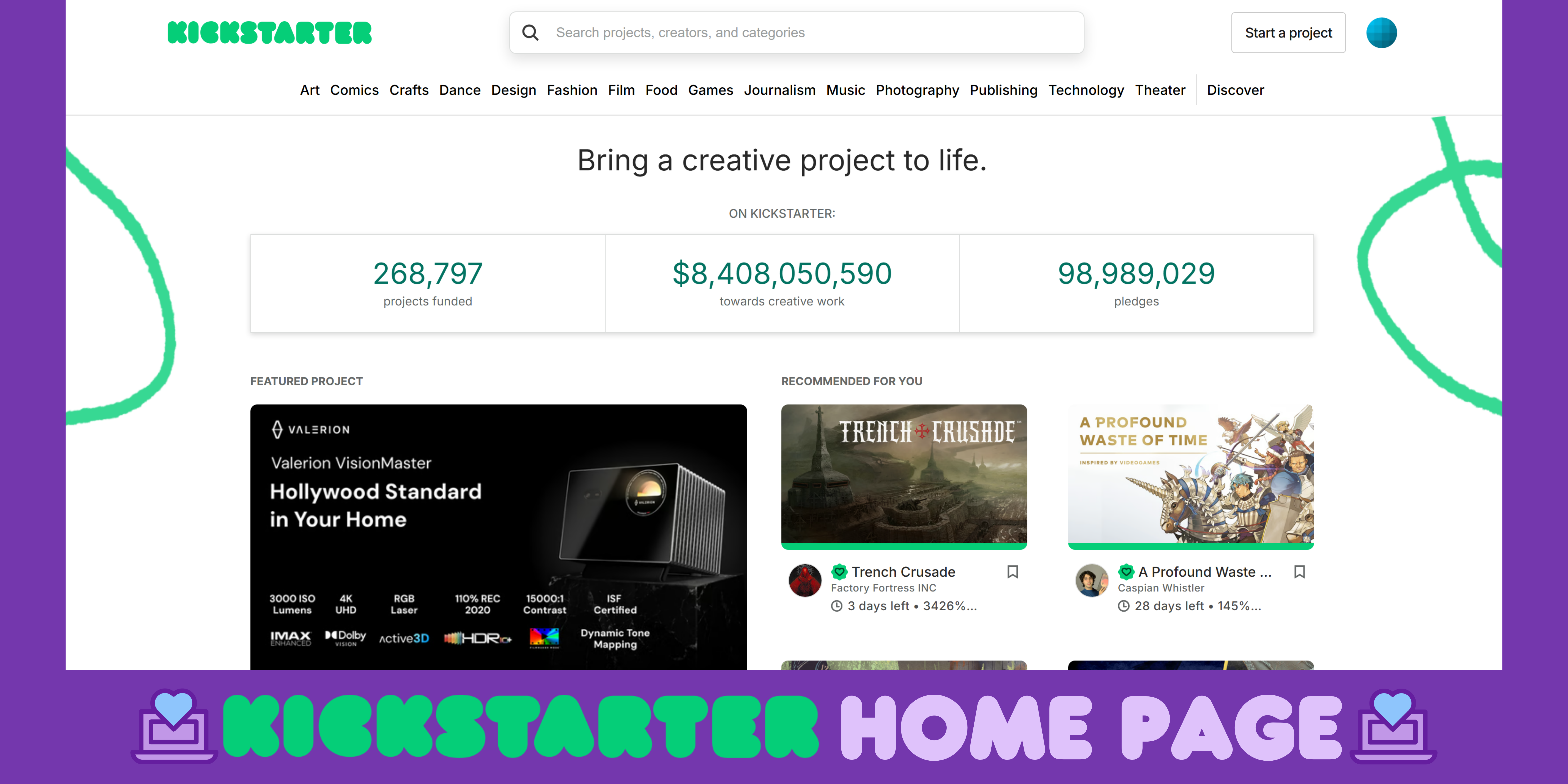
Kickstarter, like any platform, comes with its own set of terms. Familiarizing yourself with these will help you navigate the site like a pro:
Project: This is the heart of Kickstarter—a specific goal you want to achieve by a set deadline. For example, “I want to create a functional bag for women to use for work and yoga by April 2026.”
Creator: The person or team responsible for making the project happen.
Backers: These are the people who support your project by pledging money.
Rewards: To encourage support, creators offer rewards to backers. These can be limited-edition items, digital content, or other perks related to the project. For example, backers might receive snippets of a film or early copies of a product.
Funding Goal: The total amount of money you need to make your project a reality. For instance, $1,000,000.
All-or-Nothing: This policy ensures backers won’t be charged unless the project meets its funding goal. If the goal isn’t met, the creator receives no funds, and backers aren’t charged.
Project Duration: The length of time your project is open for funding. While Kickstarter recommends 30 days, creators can extend it to up to 60 days.
Knowing these terms will make your Kickstarter journey much smoother, whether you’re starting a campaign or supporting one!
Pros of Kickstarter: Why It’s a Game-Changer for Entrepreneurs
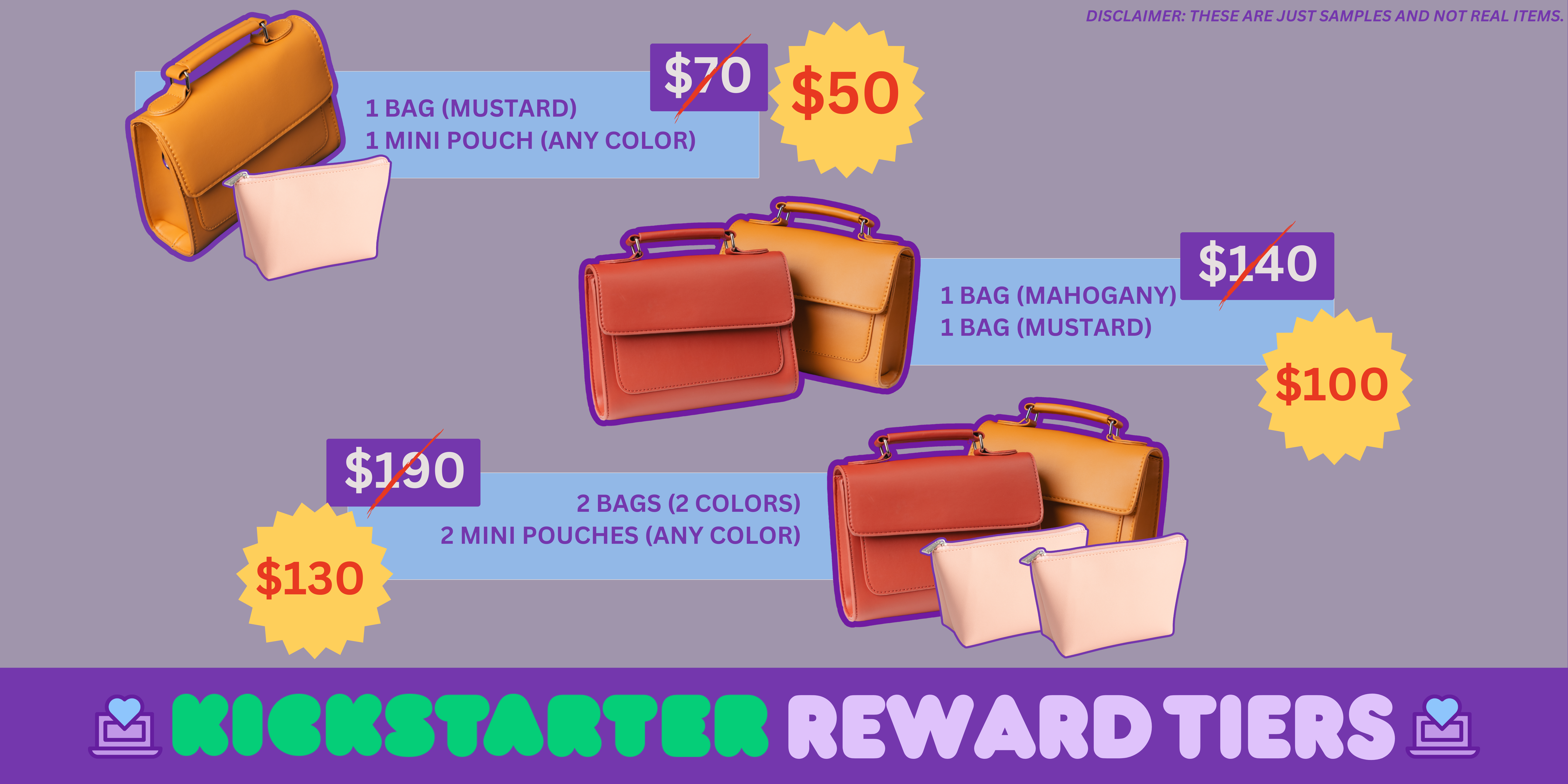
Kickstarter is more than just a funding platform; it’s a great way to get noticed. With over 1 million visitors and 3.4 million page views daily, Kickstarter opens up access to a massive pool of potential backers. The platform attracts a tech-savvy, young to middle-aged crowd with disposable income, making it perfect for ambitious projects. Many businesses are turning to Kickstarter not only to raise funds but also to showcase their ideas to an engaged and diverse audience. If exposure is a key goal for your business, Kickstarter’s vast reach can be a game-changer.
Beyond just securing funds, early success on Kickstarter can spark significant media attention. As your project gains traction, coverage from popular outlets builds trust and boosts credibility. This extra buzz helps attract new backers and drives even more traffic to your campaign. All this visibility makes your project feel more legit and appealing to potential supporters. Plus, Kickstarter’s trusted reputation gives your launch an automatic credibility boost.
And it gets better—statistics show that projects with funding goals under $10,000 often perform the best. Many projects that aim for smaller targets end up surpassing them, which builds momentum and shows backers that they can trust your project. By focusing on generating excitement and progress rather than stressing over hitting a huge goal, you create a positive cycle that encourages more backers to get on board. If you’re in the Games, Music, or Film categories, you’re in luck—these areas have seen tremendous success, with over 40,000 game projects, 34,000 music projects, and a total of $570 million raised for films.
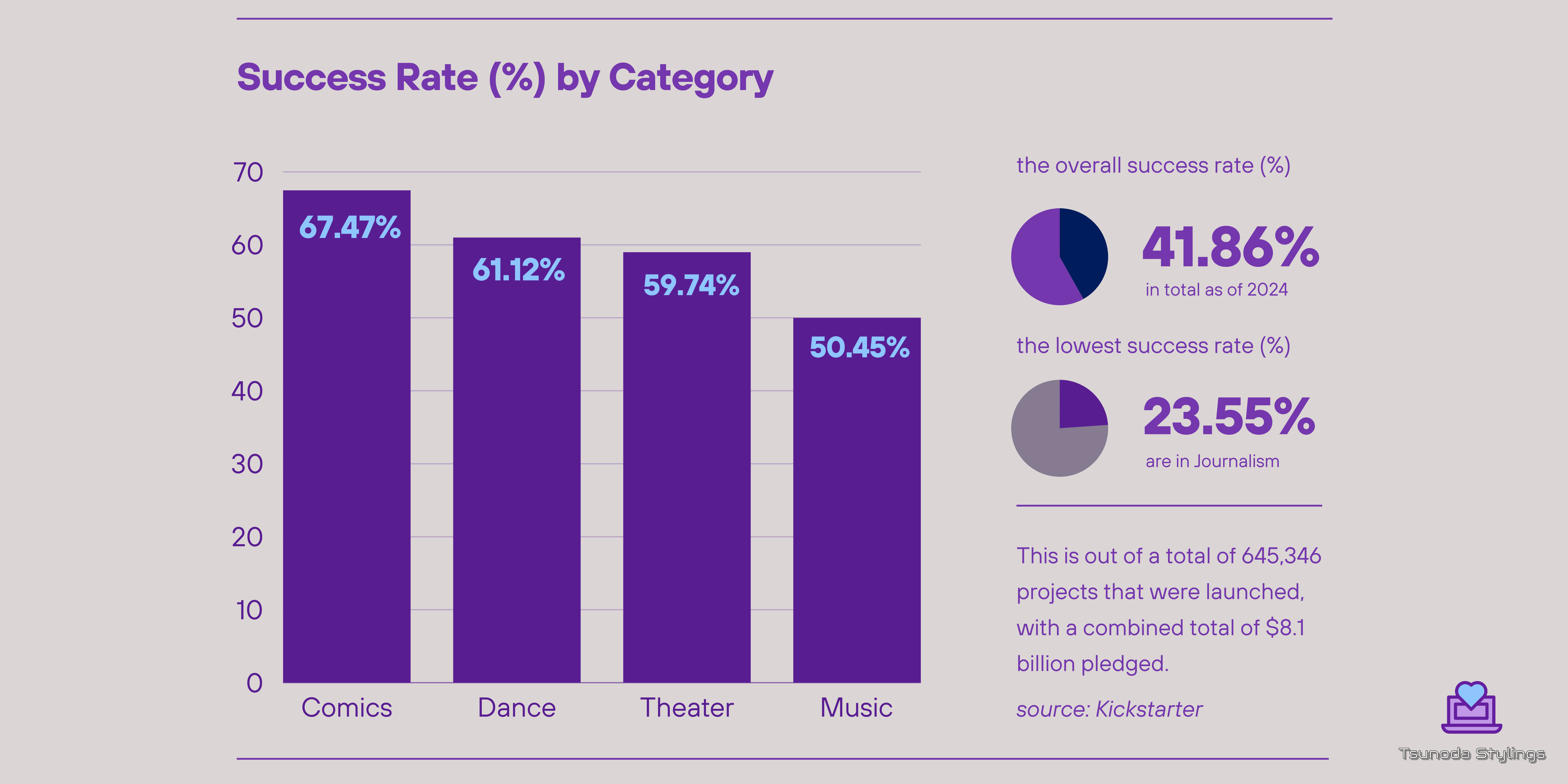
What’s more, Kickstarter is a budget-friendly way to test the waters before fully committing to a big product launch. Instead of pouring money into production upfront, you can see if there’s real demand before moving forward. It’s a smart way to reduce financial risk, plus you get real feedback from people who are excited about your idea. This early input is a great chance to refine your product and make sure it has the potential to succeed in the market.
On top of helping fund your project, Kickstarter is a fantastic marketing tool. It lets you build relationships with your backers, fine-tune your product, and shape your brand messaging. Plus, platforms like Facebook groups or Discord servers make it easy to keep people engaged. Regular updates, sneak peeks, and exclusive content like product demos keep backers excited and connected to your journey. This ongoing interaction creates a sense of community around your campaign.
What’s more, Kickstarter helps you build a loyal fan base that stays with you long after the campaign ends. Thoughtful reward packages and constant engagement strengthen the bond between backers and your brand. With active communication and interaction, you can turn backers into ambassadors who spread the word and help grow your project. So, in the end, Kickstarter sets the stage for long-term success, helping you create a community that’s invested in your vision and ready to support you for the long haul.
Cons of Kickstarter: What to Consider Before You Launch
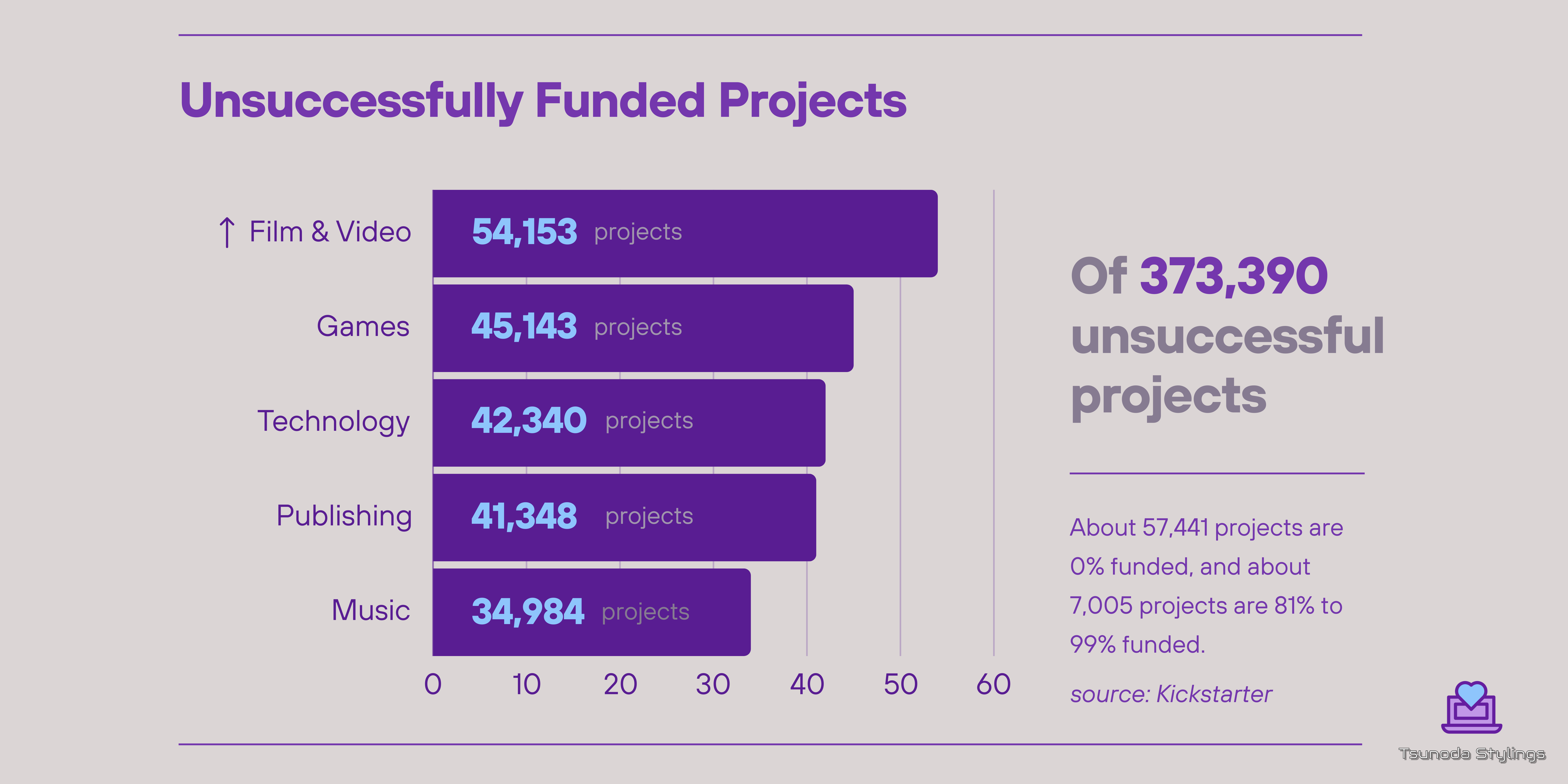
Kickstarter offers entrepreneurs an exciting platform to bring their ideas to life, but it also comes with significant challenges. One of the biggest risks is the all-or-nothing funding model. If your campaign doesn’t reach its funding goal, you receive nothing—even after investing time, money, and effort. Additionally, Kickstarter takes a 5% fee on successful campaigns, and payment processing fees range from 3% to 5%, which can eat into your revenue. These financial factors mean creators need to plan carefully to ensure they get the most out of their campaigns.
Running a successful Kickstarter campaign demands a lot of time, effort, and strategic planning. You need a solid plan and constant engagement with backers through updates, promotions, and meaningful interactions. With high competition—only about 35% of projects meet their funding goals—your campaign needs to stand out. Engaging stories, eye-catching visuals, and consistent promotion across social media and marketing channels are essential. Without these elements, even a great idea can struggle to attract support.
Another challenge is the lack of control over the project lifecycle. As a creator, you’re responsible for everything—design, production, customer service, and more. If issues arise—like shipping delays or unmet expectations—you’re on your own. You’ll need to handle your backers directly. Kickstarter doesn’t handle refunds or mediate disputes, so you need to be ready to take on these responsibilities and manage problems directly to maintain backer trust.
Finally, the risk of failure is real. As a popular platform, Kickstarter comes with high competition. Not all campaigns succeed, and even fully funded projects can encounter setbacks, such as production delays or unexpected costs. Around 10% of projects receive no pledges at all, and over 60% fail to reach their funding goal. However, don’t let these risks discourage you—if you’re prepared with a clear vision and a solid plan, Kickstarter can be the perfect launchpad to turn your dream project into reality!
Conclusion: Is Kickstarter Right for You?
In conclusion, Kickstarter offers an incredible opportunity for creators and small businesses alike to bring their ideas to life, connect with a supportive community, and secure the funding they need to succeed. While running a campaign requires hard work, a clear plan, and ongoing engagement, the potential rewards are well worth the effort. With the right approach and a bit of luck, you can turn your vision into a reality and join the ranks of successful campaigns. So, if you’ve got a great idea and the passion to make it happen, Kickstarter could be the perfect platform to launch your dream!
Sources:
https://help.kickstarter.com/hc/en-us/articles/115004996453-What-is-Kickstarter
https://updates.kickstarter.com/the-benefits-of-crowdfunding-for-entrepreneurial-ventures/
https://www.kickstarter.com/charter?ref=faq-basics_whatisksr
https://help.kickstarter.com/hc/en-us/articles/115005028514-What-are-the-basics
https://help.kickstarter.com/hc/en-us/articles/115005133993-Can-projects-raise-more-than-their-goal#:~:text=Kickstarter%20is%20an%20all%20or,be%20charged%20for%20their%20pledges.
https://help.kickstarter.com/hc/en-us/articles/115005128434-What-is-the-maximum-project-duration#:~:text=Projects%20on%20Kickstarter%20can%20last,for%2030%20days%20or%20less.
https://updates.kickstarter.com/iconic-products-that-started-as-kickstarter-campaigns/
https://updates.kickstarter.com/5-kickstarter-funded-projects-that-became-household-names/
https://www.searchlogistics.com/learn/statistics/kickstarter-stats-facts/
https://www.kickstarter.com/help/stats
https://fleximize.com/articles/006345/the-small-business-guide-to-kickstarter
https://www.launchboom.com/blog/pros-and-cons-of-kickstarter-everything-you-need-to-know/
https://www.doublejump.media/what-are-the-pros-and-cons-of-kickstarter/
https://www.fulfillrite.com/blog/why-use-kickstarter-to-start-a-business/